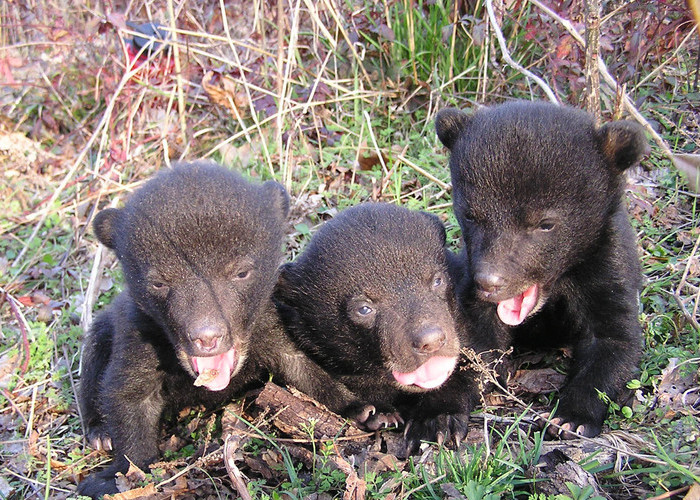
Photo: East Texas Black Bear Task Force
Although mostly unnoticed in Texas, a national conservation milestone has been achieved for the Louisiana Black Bear (Ursus americanus luteolus). The bear, federally-listed as threatened since January 1992 by the U.S. Fish and Wildlife Service, is proposed to be delisted throughout its range in namesake Louisiana.
Why does this matter in Texas?
While the Louisiana black bear has made a remarkable recovery in Louisiana, it is still a vanished species west of the Sabine, a trophy to unregulated hunting and habitat fragmentation. It’s believed that the last resident bear in Texas was killed in Polk County in the 1950s. There have been sporadic sightings, but they have all been transient males. Establishing a sustainable population in East Texas would require breeding females.
That is why the proposed delisting in Louisiana is a cause for celebration with a tinge of regret.
It’s a celebration because this is another victory for the Endangered Species Act (although the Act itself endangered in the halls of Congress). The regret is that this charismatic symbol of East Texas wilderness is still only a transient in Texas. Re-establishing an East Texas population will require westward migration from Louisiana or possibly southward expansion from black bear populations in Arkansas/Oklahoma, especially since Texas shows no inclination to transport bears into Texas. Since one of the consequences of de-listing in Louisiana is that a hunting season will likely be established, it would reduce the number of bears fanning out west from Louisiana. Western Louisiana does not have an identifiable Louisiana black bear subpopulation. However, if such a subpopulation were established in the Kisatchie National Forest, it would increase the likelihood of bear migration into East Texas.
This was precisely the recommendation of the Lone Star Chapter in its July 20 comments to USFWS regarding delisting in Louisiana.
The Chapter noted that the four bear subpopulations (geographically-based) differed in their levels of sustainability and that it was important for the bear expand to its historic range. Therefore, we recommended that the USFWS delist only the subpopulations having the highest level of sustainability - those in the Lower Mississippi Valley and the Tensas River Basin. Our comments recommended retaining protection for the Lower Atchafalaya Basin subpopulation and for bears in North Central Louisiana. You can read the complete comments of the Lone Star Chapter here.
The Texas Parks and Wildlife Department has a part in this conservation puzzle.
TPWD’s “East Texas Black Bear Conservation and Management Plan” expires in 2015, but there is no word yet on the progress of the plan update. At this point, TPWD is relying upon the Louisiana black bear to find its way back to Texas. However, welcoming this vanished charismatic Texan home requires having a plan to manage it once it arrives. You can help ensure this by telling TPWD that it should update its expiring management plan. An ideal time to do this would be at the annual public comment session of the Texas Parks and Wildlife Commission on Wednesday, August 19, at 2:00pm at the TPWD Headquarters Building located at 4200 Smith School Road, Austin, TX 78744.
Note: The Lone Star Chapter participates in the East Texas Black Bear Task Force, which was formed to advocate for the restoration of the black bear into Texas. Its assistance in preparing the Lone Star Chapter’s comments to USFWS is appreciated. Their Facebook page has photos and information.
For additional information on the Louisiana black bear’s delisting, please see the Center for Biological Diversity’s press release.

Photo: Brad Young, Mississippi Department of Wildlife, Fisheries and Parks
-Evelyn Merz
Lone Star Chapter Conservation Chair